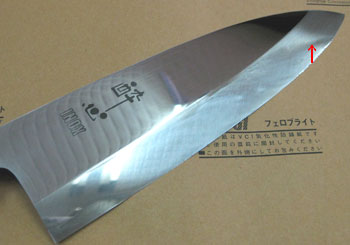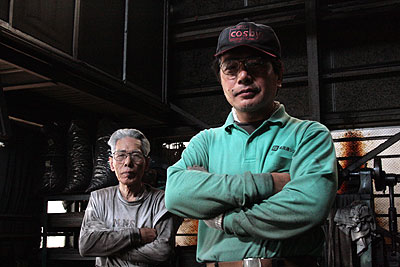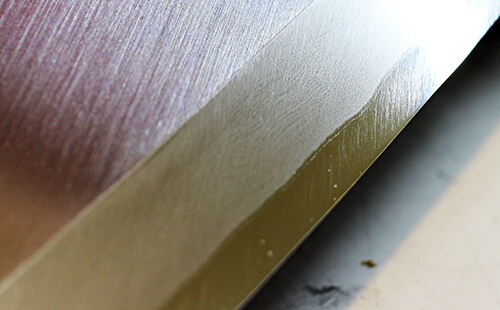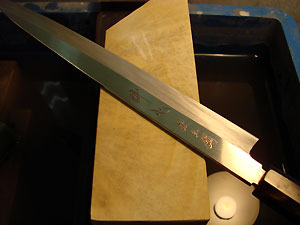Tips on sharpening stainless steel

Steels like Gin-san and the VG series are quite different from carbon steel, and I’ve come to realize that they can’t be sharpened in the same way. In fact, trying to apply the same sharpening techniques we use for carbon steel knives to Gin-san and VG series knives often leads to immediate dulling.
Some folks say, ‘Gin-san and VG series knives stay sharp for a long time, and they’re rust-resistant, great!’ while others argue, ‘Gin-san and VG series knives will lose their edge quickly.’
This difference in opinions can be influenced by various factors, including the type of sharpening stones being used, but fundamentally, it’s all about the sharpening process. In simpler terms, it’s about putting in a robust Itohiki edge. This makes stainless steel knives hold their edge better and reduces slipping, but it does come at the cost of sharpness. There are pros and cons to every approach, right? (^^;
Stainless steel knives are known for their rust resistance, decent sharpness, and the potential for long-lasting edges depending on how you sharpen them. However, if you aim to maintain the sharpness of stainless steel, it’s better to sharpen with a more upright angle, making it challenging to achieve that quick, razor-sharp edge typical of carbon steel.
Another perspective is to thin stainless steel knives to match the sharpness achievable with carbon steel. Thinner edges tend to dull faster, and since stainless steel has a bit of ‘stickiness,’ some sharpeners might be able to achieve thinner edges than with carbon steel. This stickiness (the ability to thin the edge) might also contribute to edge fragility, a point worth considering!
I primarily focused on Gin-san steel and gathered information. I’m looking forward to receiving feedback from a chef who received one of these knives that I sharpened based on these conclusions yesterday. Exciting times ahead!
hibishugyo
- 2009-08-03




